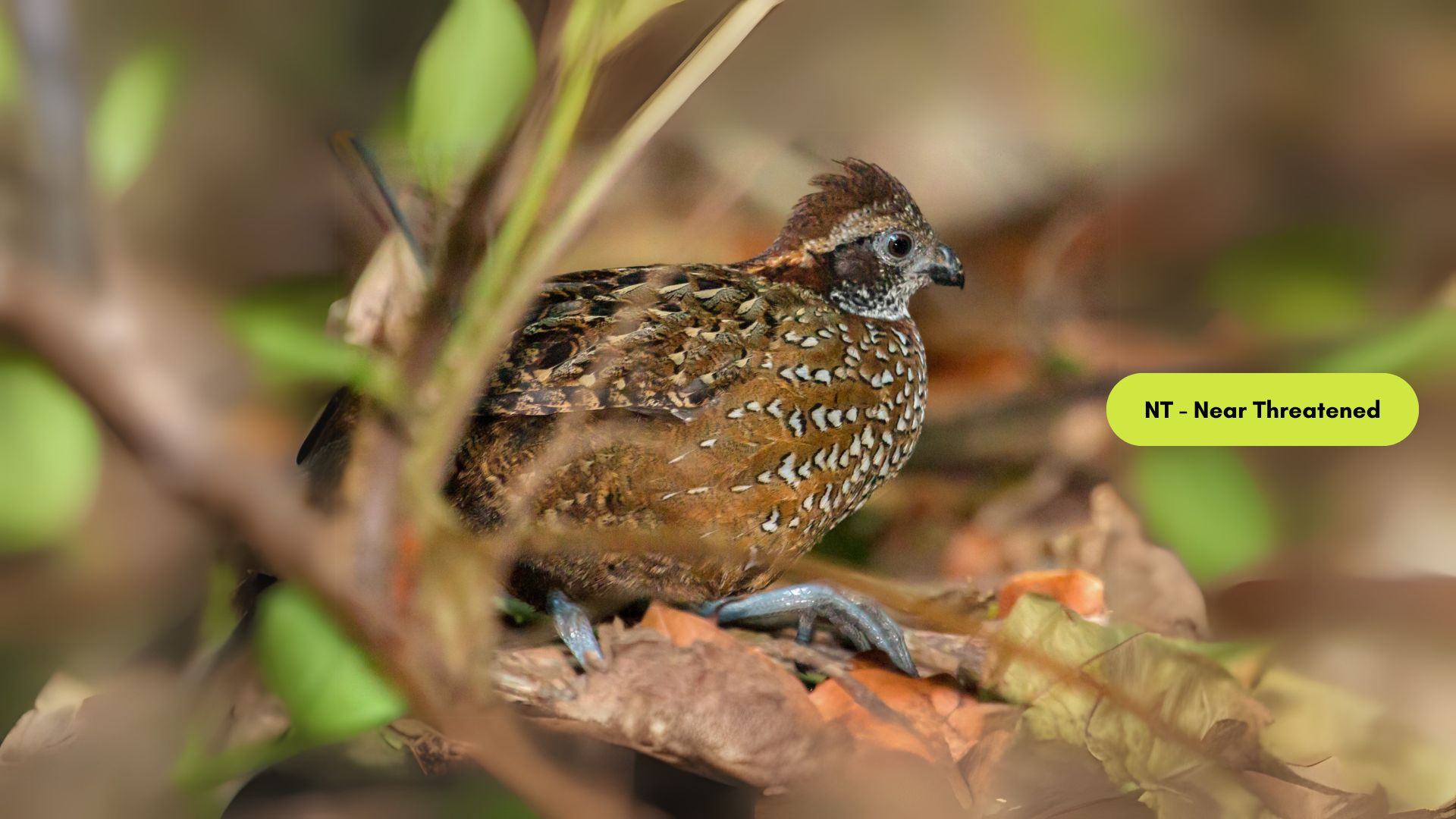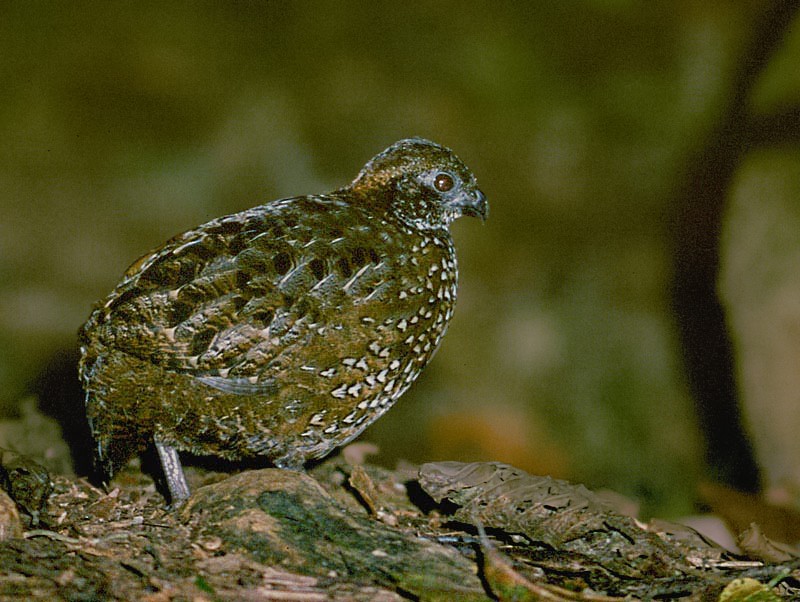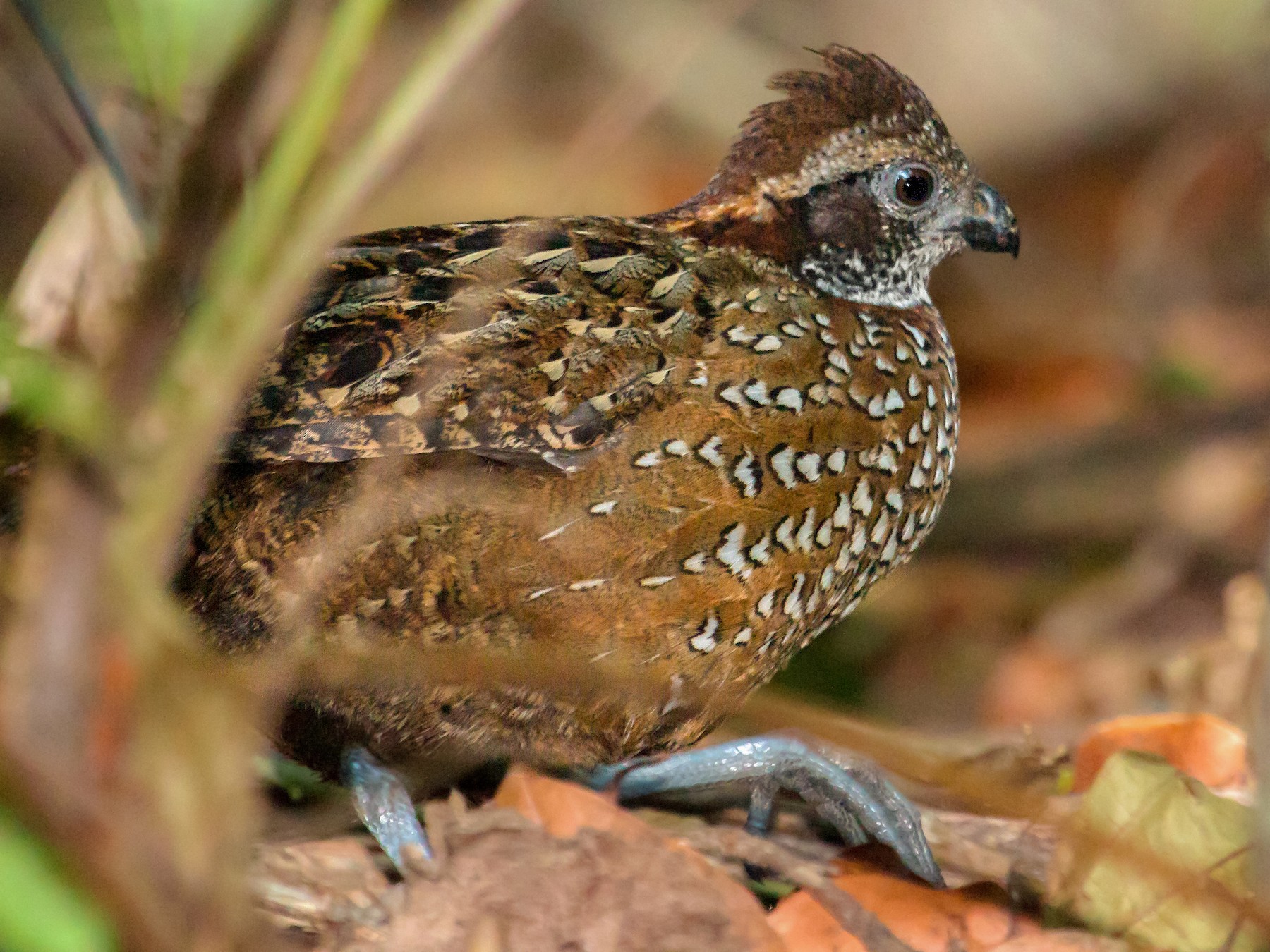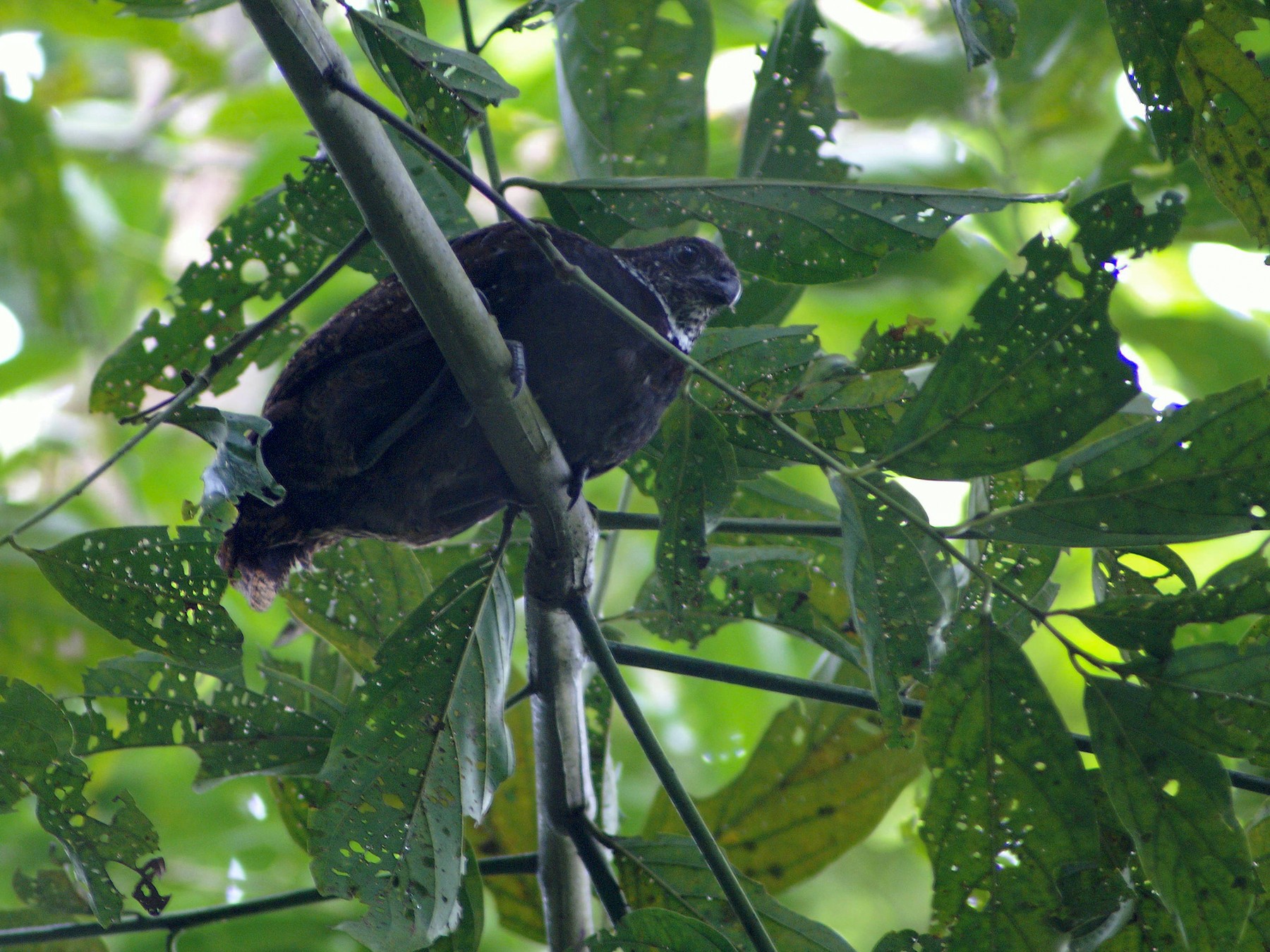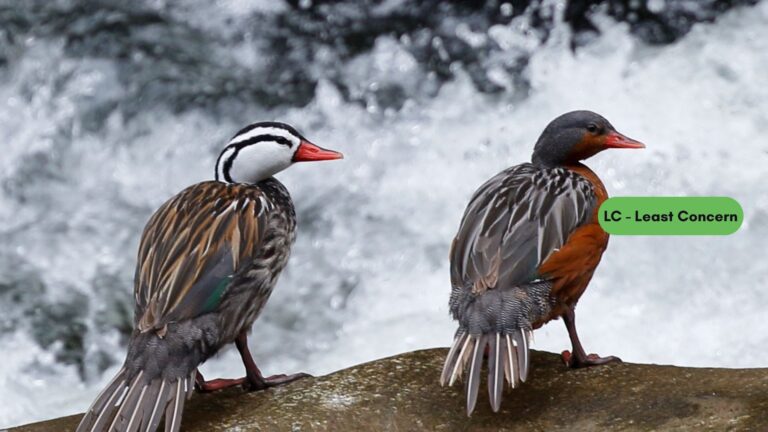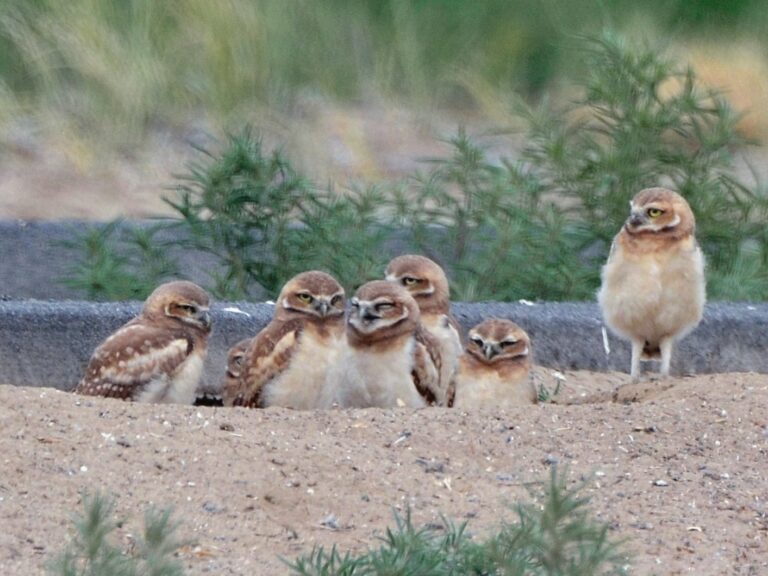Venezuelan Wood-Quail: A Closer Look at a Near Threatened Avian Treasure
The Near Threatened Venezuelan Wood-Quail lives mostly in the humid forests of Venezuela. It stands out with its plump body and striking colors, and honestly, you can’t mistake it for any other quail.
Watching these birds in their natural habitat is pretty fascinating. Their social behaviors and feeding habits reveal a lot about how they fit into the forest’s rhythm. They thrive in certain microhabitats, foraging for seeds and insects. These quails help keep the forest healthy by spreading seeds and encouraging new growth.
But their numbers keep dropping, mostly because of habitat loss and hunting. The urgency for conservation just keeps growing. If you’re curious about their challenges and what’s being done to help, check out these conservation efforts. You can also dive deeper into their role in the ecosystem if you’re up for some extra reading.
Key Takeaways
- The Venezuelan Wood-Quail has unique plumage and a body shape that’s hard to miss.
- It mostly lives in Venezuela’s humid forests and is a key player in seed dispersal.
- Conservation is crucial—habitat loss puts this species at real risk.
Sign Up for Our Monthly Newsletter
Every month we send out our newsletter about interesting (and sometimes quirky) things happening in the world of birding. Give it a try!
Taxonomy and Classification
The Venezuelan Wood-Quail stands out among New World quails. Its scientific classification places it firmly within the Odontophoridae family, which has some pretty interesting relatives.
Other wood-quails share a few traits, but this one has some quirks that make it unique. Its habitat and behaviors set it apart from the rest.
Scientific Name and Description
Scientists call the Venezuelan Wood-Quail Odontophorus columbianus. It’s a medium-sized bird, usually 25 to 30 cm long. Its plumage is mostly brown with distinct markings that help it blend into the forest. The bird has a stout build and a short, rounded tail—classic New World quail features.
Camouflage is everything for this species, especially when it forages for seeds, fruits, and insects on the forest floor. You won’t see it up in the trees much; it’s a true ground-dweller.
Relation to Odontophoridae Family
This quail belongs to the Odontophoridae family, a group known for thriving in dense underbrush and forests across the Americas. These birds have adapted to life in thick vegetation, with social structures and nesting habits that set them apart from Old World quails.
Over time, scientists have tweaked their classification as they learn more about the family’s biology. Conservation status is a big deal for Odontophorus columbianus since habitat destruction keeps pushing it closer to trouble.
Comparison With Other Wood-Quails
Compared to its relatives, the Venezuelan Wood-Quail shares some ground foraging habits with species like the Rufous-vented Chachalaca (details here). Still, its habitat preferences and calls are a bit different.
Coloration and plumage patterns make it stand out, even among other wood-quails of similar size. Knowing these differences helps researchers and conservationists figure out which strategies might work best for each species. If you’re into bird taxonomy, the book, Birds of Venezuela has a ton of info.
The Venezuelan Wood-Quail has a look and sound all its own. If you’re out in the field, these traits make it easier to spot—well, if you’re lucky enough to catch a glimpse.
Physical Characteristics and Identification
Size and Appearance
It’s a medium-sized bird, about 25 to 30 centimeters long. The plumage is soft brown with darker streaks, making it blend right into the forest floor. The rounded body and short tail give it a compact shape. Males and females look pretty similar, though males might be a bit bulkier.
Their beaks are short and strong, perfect for digging through leaf litter for seeds and insects. If you look closely, subtle feather patterns help you tell individuals apart—photos and illustrations can be a big help here.
Vocalizations and Calls
Their calls are pretty distinctive. During mating season and throughout the day, you’ll hear high-pitched whistles echoing through the trees.
These sounds help them claim territory and keep in touch with their group. If you want to learn their calls, field recordings and videos are a great way to get familiar with the sound.
Distinctive Features
Facial markings really set this species apart. That white stripe above the eye pops against the darker feathers on the head.
Short legs keep them close to the ground, suiting their foraging style. Noticing these small details can make all the difference when you’re trying to identify one in the wild. Visual learners will find plenty of images and illustrations online that capture their key features.
Habitat and Distribution
The Venezuelan Wood-Quail sticks to specific habitats and has a pretty limited range. Knowing where they live is vital for any conservation work.
Range in Venezuela
You’ll mostly find this bird in northern Venezuela, from the Andes to the coastal mountains. States like Mérida, Táchira, and Trujillo are hotspots. But their range keeps shrinking because of farming and city growth. As their habitat fragments, it’s getting harder to keep track of their populations.
Preferred Habitats
They love primary cloud forests—think high humidity, dense canopy, and loads of plant life. These spots give them food and plenty of cover.
You’ll also find them in secondary forests and along the edges of humid lowland forests. They forage on the ground, so they need thick undergrowth to stay safe. Their dependence on these habitats makes them pretty vulnerable.
Altitude Range
The Venezuelan Wood-Quail usually lives between 1,200 and 2,400 meters up. Altitude shapes the plants and climate, which in turn affects where the quail can thrive.
Cooler temperatures and diverse vegetation at these elevations create the perfect conditions. But climate change could shift these zones, putting extra pressure on the species.
Behavior and Ecology
These quails have some quirky habits and social dynamics. If you want to understand how they survive, you have to look at their day-to-day lives.
Social Structure and Groups
They’re social birds, usually hanging out in groups of three to ten. These flocks help with foraging and keeping an eye out for predators. They use calls and displays to stay connected. During breeding season, you’ll notice more flocking behavior—parents work together to protect their young. Nests are simple: just shallow spots on the ground, hidden in thick vegetation for extra safety.
Diet and Foraging
Their menu includes seeds, fruits, and small invertebrates. They forage on the ground, using sharp eyes to spot food under leaves and shrubs. Most of the action happens early in the morning or late afternoon. This timing helps them avoid predators and find the best snacks.
By spreading seeds, they help regenerate the forest. Their foraging patterns show how well they’ve adapted to their environment. If you want more details, check out this article on their microhabitat use here.
Conservation Status and Threats
The Venezuelan Wood-Quail faces some tough odds. Its population keeps dropping, and the reasons aren’t going away anytime soon.
Population and Trend
Numbers are going down, mostly because of habitat loss and hunting. It’s not extinct or critically endangered yet, but a lot of experts call it near threatened.
Deforestation and farming eat away at their habitats, shrinking their numbers. Even in protected spots like Henri Pittier National Park, researchers keep seeing fewer birds. Regular monitoring is crucial. We don’t have the full picture, but the trend doesn’t look great.
Primary Threats to Survival
Three big threats stand out for the Venezuelan Wood-Quail:
- Habitat Loss: Deforestation and farmland expansion destroy the forests they rely on. Less forest means less food and shelter.
- Hunting: People hunt these quails for sport and food. In some areas, hunting has wiped out local populations.
- Climate Change: Shifting weather patterns mess with their habitats and food sources, making things even tougher.
These problems don’t just lower their numbers—they make it harder for the population to bounce back. If we want to give the Venezuelan Wood-Quail a fighting chance, conservation efforts have to tackle these threats head-on.
Conservation Efforts and Organizations
Plenty of groups are out there trying to protect the Venezuelan Wood-Quail. Some focus on restoring habitats, while others run education campaigns to cut down on hunting.
Working with local communities seems to make a difference—sustainable practices get a real boost when folks on the ground get involved. Groups like BirdLife International actually set up programs that zero in on saving critical habitats.
They usually bring in local stakeholders, hoping to raise awareness and push for smarter land use. Policies that limit hunting and deforestation matter a lot for the long-term outlook of the Venezuelan Wood-Quail.
Similar and Related Species
The Venezuelan Wood-Quail belongs to a bigger family of quails scattered across South America. Learning about similar species really shows off just how diverse wood-quails are.
Other Wood-Quail Species in South America
South America has quite a few wood-quail species. The marbled wood-quail and spot-winged wood-quail are two that come up a lot.
They often share the same humid forests and mountain areas, which probably makes things interesting. The black-eared wood-quail and rufous-fronted wood-quail stand out with their unique color patterns—handy for identification.
Each species tweaks its habits to fit the environment, which affects what and how they eat and breed. The dark-backed wood-quail and chestnut wood-quail add even more variety to the Odontophorus genus.
Most of these birds stick to certain areas, so keeping their habitats intact feels pretty important.
Differences With Bobwhites and Other Quails
Bobwhites like the northern bobwhite and black-throated bobwhite, even though they’re in the Phasianidae family too, look and act pretty different from wood-quails. Bobwhites are usually more social, hanging out in bigger groups, while wood-quails stay hidden in the brush.
Their calls are another giveaway—bobwhites have that unmistakable whistle, but wood-quails tend to keep it down. Other quails, like the scaled quail and California quail, mostly eat seeds and greens, while wood-quails go for a more mixed menu.
Notable Species in the Odontophorus Genus
The Odontophorus genus covers a lot of ground with its wood-quail species. Odontophorus guttatus gets attention for its spotted feathers, and odontophorus gujanensis is known for adapting to all sorts of places.
Odontophorus melanotis and odontophorus erythrops add to the mix, each playing its own role in the ecosystem. It’s honestly fascinating how many variations you find in this group.
Frequently Asked Questions
The Venezuelan Wood-Quail stands out with its specific habitats and quirky behaviors. Bird watchers and conservationists seem to find it especially interesting. Here are some questions folks tend to ask about this species.
What are the typical habitats of the Venezuelan Wood-Quail?
You’ll mostly find the Venezuelan Wood-Quail in humid forests. It sticks to dense undergrowth, which keeps it safe from predators.
They like spots with thick vegetation, especially near water. Most sightings happen in the more isolated stretches of Venezuela’s coastal range.
What does the diet of the Venezuelan Wood-Quail primarily consist of?
Seeds, fruits, and insects make up most of their meals. They spend a lot of time foraging on the ground, digging through leaf litter for a snack. Plant material is on the menu too. That variety in their diet really helps them thrive.
What are the distinctive features for identifying the Venezuelan Wood-Quail?
You can pick out this quail by its rich brown feathers and distinct markings. They’re pretty small, usually around 25–30 cm long.
They’ve got short tails and a rounded body. Males look darker than females, which makes telling them apart a bit easier.
Are there any special behaviors unique to the Venezuelan Wood-Quail?
They’re pretty secretive and love hiding in thick brush. You won’t see them out in the open much. When they get startled, they can get noisy, using calls to warn the group. Their social life mostly revolves around small family groups.
What is the conservation status of the Venezuelan Wood-Quail?
People are worried about the future of the Venezuelan Wood-Quail. Deforestation and habitat loss are big threats. Protecting their habitats is going to be crucial if we want to keep seeing these birds around.
How does the breeding pattern of the Venezuelan Wood-Quail differ from other quail species?
The Venezuelan Wood-Quail forms small coveys when breeding. They usually build their nests right on the ground, tucking them away in thick foliage where you’d barely spot them. Compared to some other quail, their breeding season drags on a bit longer. These birds get noticeably more secretive, which makes their nests even harder to find.
